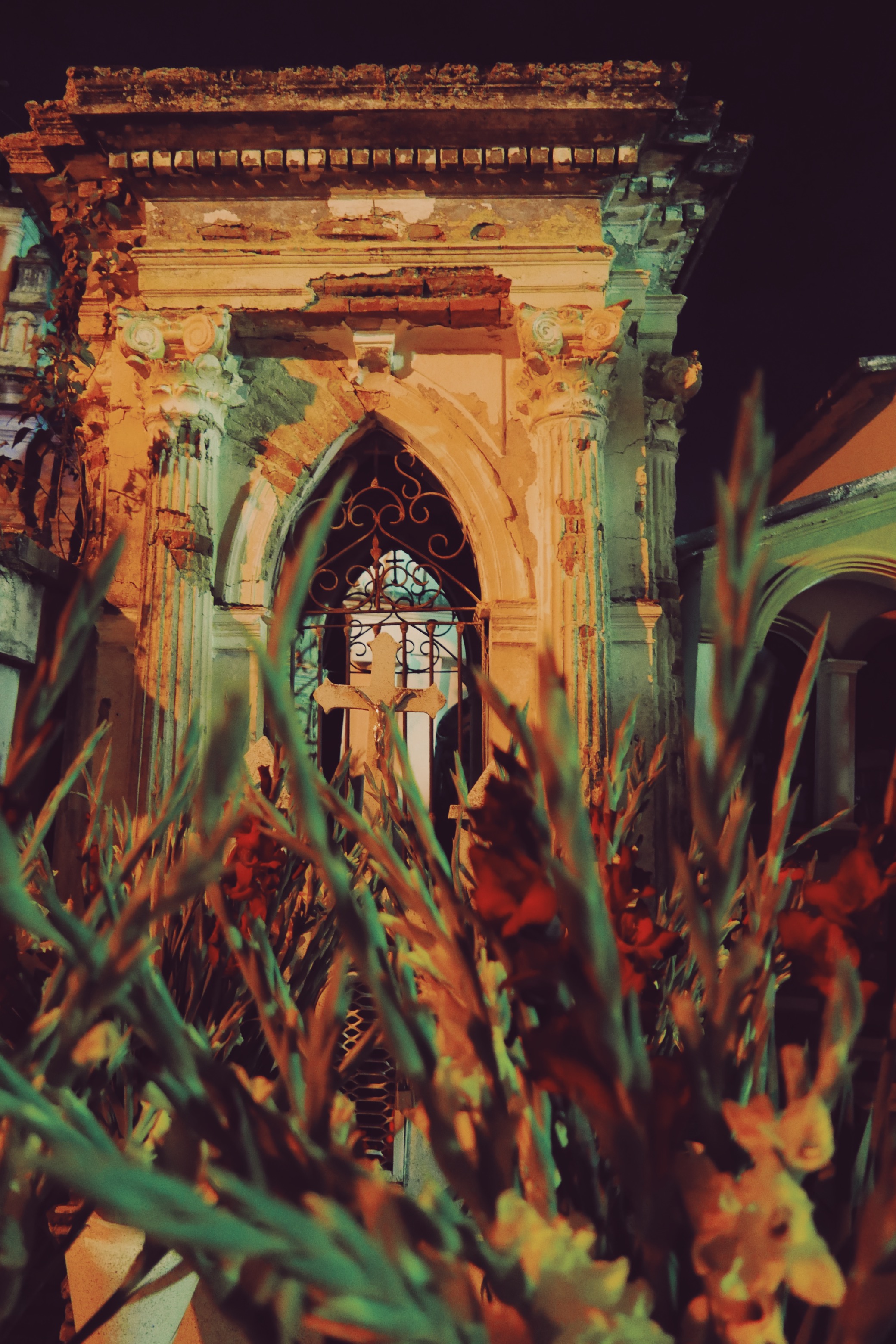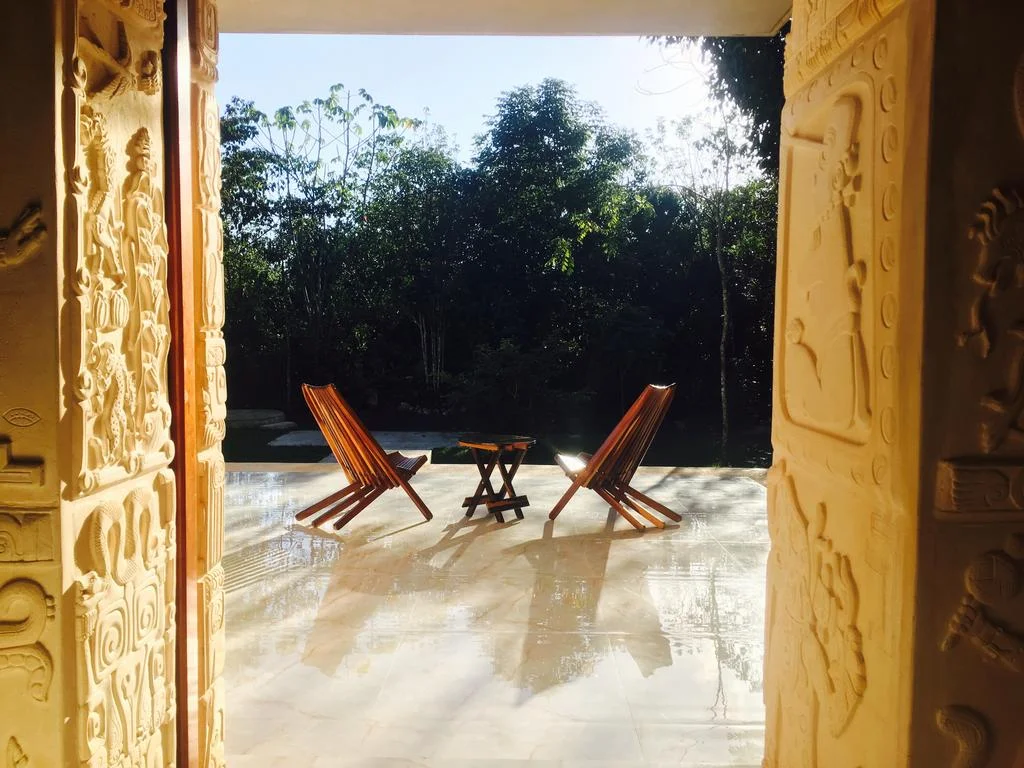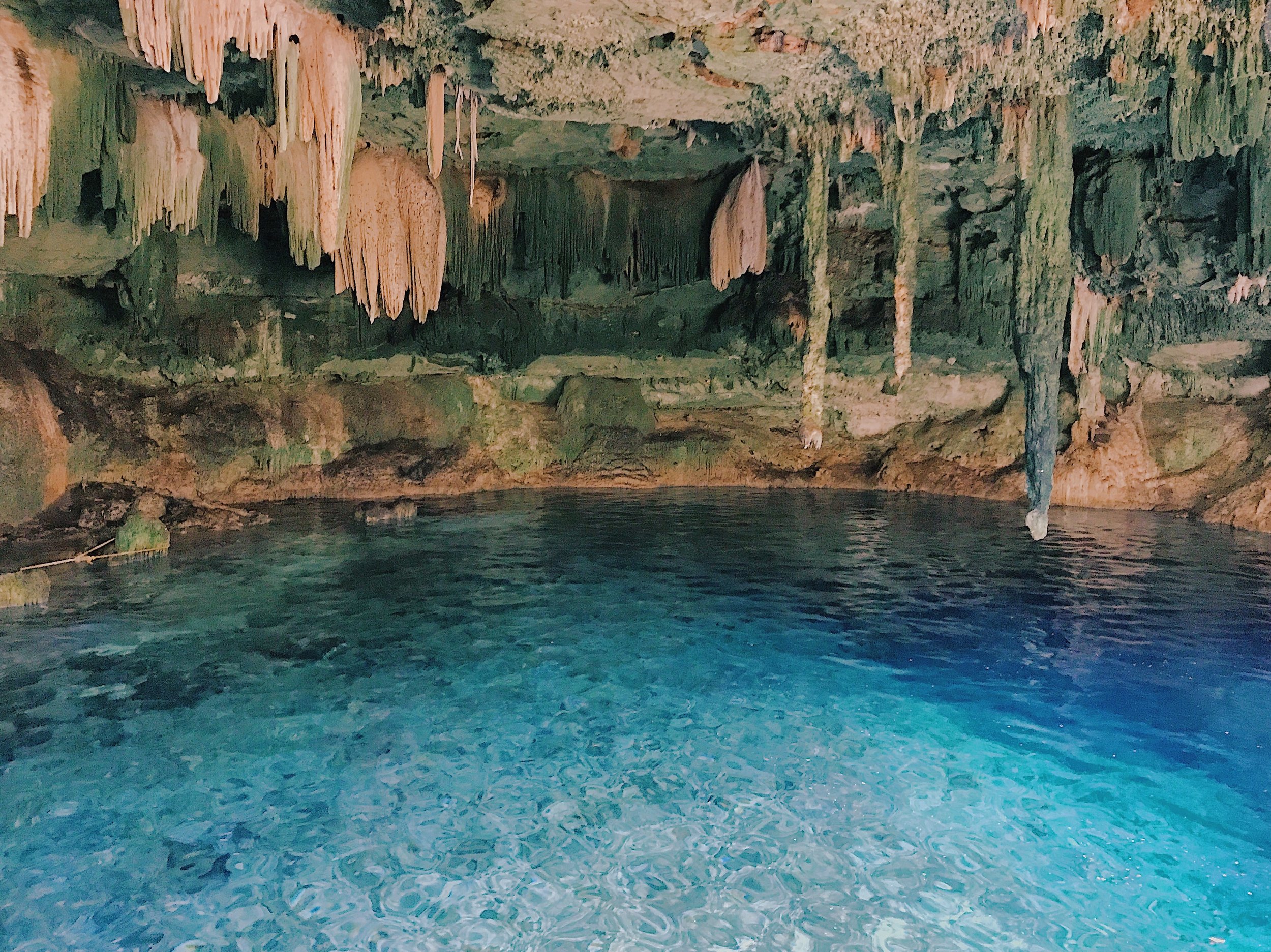EVERYTHING YOU DIDN’T KNOW ABOUT DAY OF THE DEAD
Or in Spanish - Dia de los Muertos!
We were fortunate enough to still be in Mexico for the annual Dia de los Muertos celebrations - experiencing all the festivities in the mountain town of San Cristobal de la Casas. A gloriously colourful (and mercifully temperate) pueblo, enjoying the deepest blue skies where it often sits above the clouds ringing the Sierra Madre Mountains.
We are slightly ashamed to admit that our knowledge of this festival pretty much started and ended with the recent Disney animation ‘Coco’ - although a useful introduction, we were keen to learn a bit more…
Dia de los Muertos is importantly not a Mexican version of Halloween, and whilst the cultural boundary between the two is becoming increasingly blurred, the two festivals vary greatly in their origin and tone - death is not seen as a cause for terror & mischief but for life-affirming joy & celebration.
Rather deceptively Dia de los Muertos, is not one day but several, starting on the 31st October and lasting until 2nd November with preparations kicking off much earlier (sometimes months in advance). Each day has it’s own significance; November 1st dedicated to deceased children (known as Day of the Innocents or Little Angels / dia de los Angelitos), where sweets & toys are used to decorate alters, and November 2nd for older relatives and loved ones, where offerings are more likely to be shots of Mezcal, football shirts, fruits & flowers.
History
While the festival has incorporated many halloween traditions over time (particularly embraced by the younger generation - free candy anyone?), it’s origins are rooted in pre-hispanic, Mesoamerican culture.
It is widely believed that it’s genesis goes all the way back to the Aztecs, who were rather good at grand celebrations and dedicated a whole month to their revered goddess ‘Mictecacihuatl’ - The Lady of the Dead. Along with the Mayans & Toltecs, they believed the mourning of those who had died disrespectful. Instead death was merely another phase of life & those who had passed into it were still very much part of the community; kept alive through memory & celebration. On one night a year they return to earth into the waiting arms of their families.
The arrival of Europeans, and the introduction of Catholicism - so bent on the annihilation of indigenous rituals - means that our understanding & experience of Dia de los Muertos today will be significantly different to the original Mesoamerican festivities - perhaps best illustrated by the dates it is now celebrated. It is widely considered that the original celebrations began sometime in August, but were later bought inline to All-Hallows’ Eve & All Saint’s Day in the Christian calendar. Nevertheless, the result is a vibrant mash-up of indigenous, Catholic & modern cultural traditions; filling streets, illuminating cemeteries & delighting children.
The Traditions
Constructing Alters
The construction of alters is the principle custom of this ancient celebration, and perhaps the most serious.
In the run up to the festival they were appearing all over town; under the arches of public spaces, the atriums of hotels, and the corners of shops & stalls. Photos, flowers & candles were beautifully arranged, surrounded by piles of ofrendas - the variety of which ranged from personal possessions, to bottles of beer, all aimed at coaxing the departed home.
FYI - A bottle of red-wine and a roast dinner would do the trick for us!
Marigolds
As one of the most well known symbols of the Dia de los Muertos, this flower is both used as an ofrenda and has it’s own important role.
Known as Campasuchitl / Mexican Marigold / Aztec Marigold / Flor de Muerto, the brightly coloured blooms have been used in the festivities since the original Aztec celebration; they considered the flower sacred. Aside from representing the fragility of life, they are also thought to represent the sun, and with their brightness & strong scent are believed to help guide the spirits of the departed into the world of the living.
The extent to which they are used is incredible - you can buy vast bouquets wrapped in brown paper from every road-side stall and on the corner of every street. The stems are often discarded, and the resulting effect is one of a carpet of orange pom-poms, arranged around the roots of trees, across town-steps & squares, and covering the tiers of alters.
Grave Cleaning
On the evening of the 1st November we visited the Municipal pantheon of San Cristobal - basically a bit of an amped up cemetery on the outskirts of town. it is here that we had all our western notions of death, morbidity and superstition most thoroughly challenged.
The San Cristobal pantheon is predominantly filled with spectacular masoleums & tombs - some of which boast incredible architecture & intricate decorations. As a result, there was fewer grave-side vigils, (just not enough space!) but the tradition of cleaning the graves & tombs was still apparent.
Ornate arrangements of lillies, roses & marigolds sat within the mausoleums, brightly lit from the inside by many candles. The areas between the rows of tombs had been cleaned & trimmed - and in all honestly look neater than some of the homes & streets of the living.
In other parts of Mexico, specifically Pomuch, Campeche (a region of predominantly Mayan communities), the tradition is taken to the next level, with the bones of the dead also being ‘sprused’ (provided they have been dead longer than 3 years - for obvious reasons). The bones are dusted & the sheets they are wrapped in are changed in a practise that marks the start of ‘Hanal Pixan’ (Mayan for Feast for the Souls’ - a longer version of Day of the Dead and one possibly much closer to the original pre-hispanic festivities.
The graveyards during the Day of the Dead celebrations offer such a stark comparison to our notions of spooky & haunted parks - mist rising between tomb-stones - so vivid in our collective imagination. Instead cemeteries across Mexico take on the atmosphere of surprisingly festive social gatherings, bathed in candle-light & only weighed with the bitter-sweet love for the departed.
Literary Calaveras
During the late 18th & 19th centuries, Calavera was used to describe biting and satirical poems and tombstone epitaphs that ridiculed the living & commented on pertinent social ills. Often sarcastic in tone, they are still published in papers & read-aloud across the celebration. in San Cristobal, small theatrical productions against elaborate sets were being acted out in the main square, many of which included recitals of these witty verses.
“The calavera of the morbid cholera” – a broadside from 1910 showing a man with the body of a snake in the center of a group of skulls, representing the disease cholera. The image is accompanied by a sarcastic ballad describing how cholera has afflicted the various social classes of Mexican society. Death kills everyone, regardless of the their social rank.
And closely related…
The Calavera Catrina
In the early 20th century a political cartoonist, Jose Guadalupe Posada produced an etching to accompany the publication of one of these ‘Calavera’ poems. He dressed his skeleton etching in fancy French fashion - intended to depict Mexican society’s attemp to emulate perceived European sophistication.
The skeleton woman ‘Catrina’ often seen across the Dia de los Muertos celebrations didn’t actually appear until 1947, when the artist Diego Rivera featured Posada’s skeleton in his mural “Dream of a Sunday Afternoon in Alameda Park.” He added a large women’s bonnet to his skeletal bust and named her Catrina - slang for “the rich.” Today, she is he Day of the Dead’s most ubiquitous symbol.
Other Top Spots to Celebrate in Mexico:
Mexico City - Keep an eye out for the dates of the ‘March of the Catrinas’ where thousands take to the streets dressed as our glamourous calavera
Oaxaca - A city known for it’s ability to celebrate (pretty much on a weekly basis), Oaxaca has a great reputation of throwing some incredible (and inclusive) parties & parades. Make sure you check the dates, as sometimes these occur up to a week before the end of October.
Guadalajara - As the second largest city in Mexico, you’ll be sure of a party. Hunt out the decorated skeletons (or calacos) wearing regal clothes displayed along the central street ‘Agenda Chapultepec’
Janitzio and Patzcuaro, Michoacan - A town on a small island in Patzcauro Lake & home to the Purepecha indigenous group. Their rituals for Day of the Dead are elaborate & extensive. You can watch the local fisherman row lit torches out on to lake each night, illuminating the water
MORE FROM THE CURIOUS TRAVEL
Up for more adventures? We’re forever writing more about our travels - Have a little look below for more inspiration

















